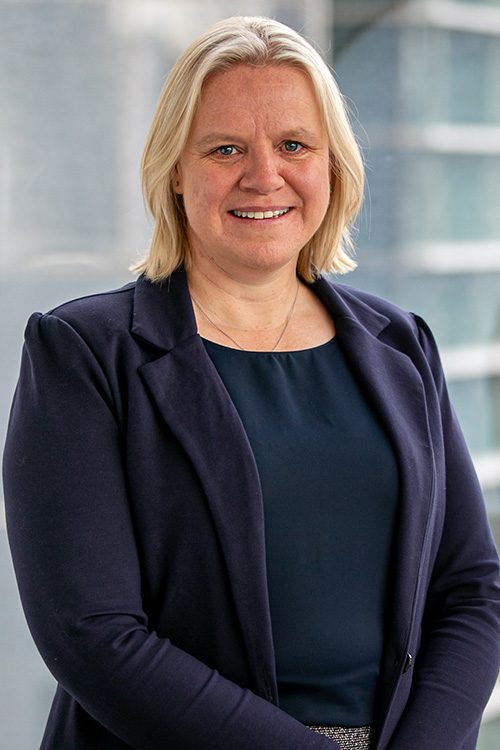Recent data from the Australian Bureau of Statistics has shown that 49% of all Australian businesses have experienced an adverse impact as a result of the COVID-19 pandemic and the restrictions to combat the spread of the disease. Further to this, 86% of businesses expect to be impacted in the coming months.
The impact on the health industry has been varied. Dentists, Specialists and Allied Health were impacted early with some facing 100% closure of their practices, some adapting to telehealth and others continuing as normal. GP practices remained operational throughout the shutdown, being an essential service albeit on a reduced income. Almost all in the industry have faced increased costs and at least some impact on income.
Impact of JobKeeper
For many in the health industry, implementing the JobKeeper Payment was not an option as many hadn’t experienced the required 30% drop in turnover to qualify. This is partly due to many GP practices riding the Flu Shot wave in April and receiving some additional Practice Incentive monies in May. We suspect from talking to our clients that income may drop in the coming months and eligibility may be possible. As a result we suggest reviewing this monthly as if you can register your business once it becomes eligible then you can access JobKeeper funding to assist your practice. There are also alternative tests which may apply so it is worth considering if they might apply to your practice especially if it is new or has changed structure in the last 12 months.
Importance of Cashflow
Never has there been a more important time to regularly prepare and review your cashflow requirements. Combine the increases in costs due to additional protective equipment (PPE), switching to telehealth, the additional staffing to triage & review patients, with a decrease in patient fees and this will have a direct impact on the bottom line (profit).
In preparing your cashflow you should consider the State and Federal Government economic response measures that will assist you as well as patient load.
A rolling forecast allows continuous planning with a constant number of periods, eg. For a 12-month period, as each month is finished you add a subsequent month , so you are always forecasting 12-months into the future. By preparing rolling cashflow forecasts you can adapt your business as things change and realistically assess the current and upcoming situation. Once you have a forecast setup you can review your costs, overheads and manage your inflows and outflows to your advantage. With the current uncertainty an adaptable forecast is a must.
Government Assistance
Most state and territory governments are now offering small business grants to help businesses with the impact of COVID-19. For more information visit our website here.
If you are an employer that qualifies for the Cashflow Boost then you would most likely have already received the first instalment after lodging your March activity statement.
You may also be eligible for the JobKeeper Payment which reimburses employers $1500 per fortnight for each eligible employee until end of September 2020.
There are also payroll tax reductions in each state and territory.
Year End Planning
Some things to consider as we approach 30 June 2020.
- Ensure your Superannuation Guarantee payments are all up to date. Any payments made before 30 June will be deductible in the 2019/2020 year. If you pay your June 2020 quarter payment after 30 June and before 28 July the amount will be deductible in the following financial year. It is important to note that there is no discretion for the ATO to vary the due dates and with wages and super reported directly to the ATO, the data matching will catch up with you if you fall behind.
- Instant asset write-off for any assets purchased and ready for use from 12 March 2020 – 30 June 2020. Businesses with turnover under $500m can claim a deduction up to $150,000 for each asset. Note that the car limit of $57,581 does still apply.
- Ensure any bad debts are written off prior to 30 June.
- Determine the impact of the Cashflow Boost in your entity as this is tax free. If you operate in a company this may mean there are unfranked amounts to be paid to shareholders.
- Varying your PAYG instalments for June 2020. The ATO is allowing taxpayers to vary the remainder of the tax instalments for the 2020 financial year however it is important to note that you may still have income tax to pay upon lodging your return so this could be a deferral of tax.
- Consider the Franking of dividends. The company tax rate is due to reduce further to 26% from 1 July 2020 therefore the franking rate will also reduce to 26% in future years. You may want to consider paying out retained earnings which the tax rate is still 27.5%.
- Div 7A loans – any minimum repayments need to be dealt with prior to 30 June on Div 7A loans.
Now is the perfect time to review and discuss your practice. At William Buck we have a dedicated team that works with clients in the Health Industry and can work through these issues with you.

































